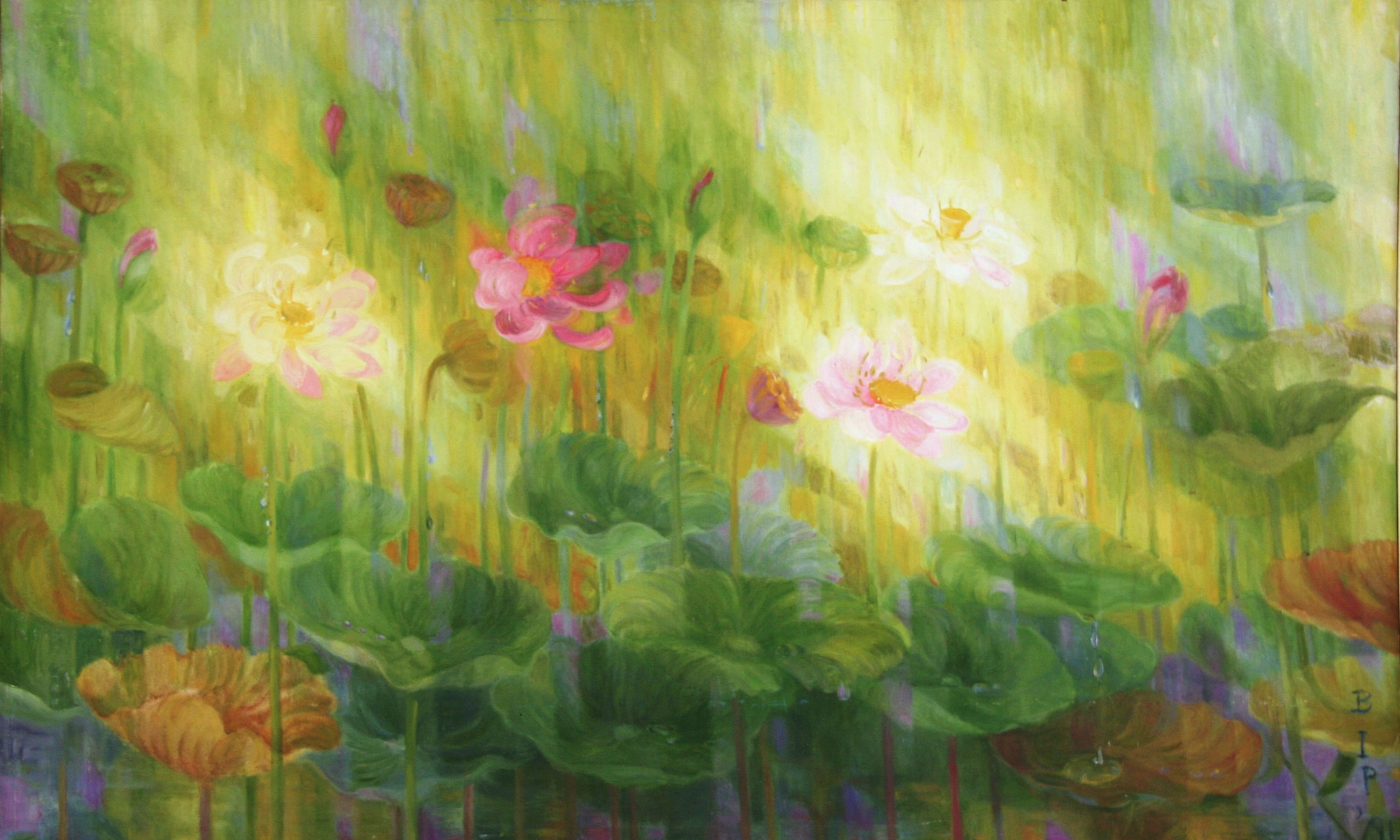Title: Copyright and You
Source: Guyana Chronicle (Petamber Persaud)
Date: 9th June 2012
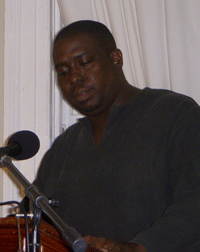
Lecture on Copyright, presented by Mr. Teni Housty on Tuesday April 24, 2012, at Moray House, marking World Book & Copyright Day 2012. The event, titled ‘A Colloquium on Copyright’, was coordinated by Mr Petamber Persaud. Mr Housty holds a Master of Laws Degree. His areas of expertise spans International Trade, Intellectual Property, Telecommunications, Electronic Commerce, Media Law, Legislative Drafting, Labour Law, and Human Rights and Environmental Law. He is also a lecturer at the University of Guyana in the areas of Human Rights Law and Intellectual Property Law.)
TO SPEAK about the complexity of copyright, I just decided to drop the ‘right’, put a dash followed by question marks.
We talk and think protect and infringement in the context of copyright, but what we should really start to think about is recognition. Because, without something being recognised, there would be nothing to copy; nothing to protect. So, the first thing that should come to your mind is what is recognised in this notion of copyright. And what we seek to recognise is human expression.
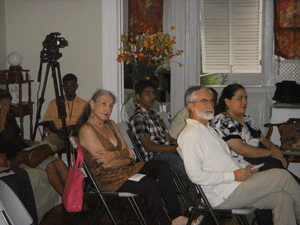
My presentation has four parts, namely: This introduction; some explanation of what I determined as copy basics — the notion of copy basics, elements of a strategy of moving forward, appreciating the particular context within which we exist; and a very short conclusion.There are certain core elements that form part of copyright and the understanding of any area of law. ‘Copy – What’; ‘Copy – Why’; ‘Copy – How’; ‘Copy – Who’; and ‘Copy – Where’.
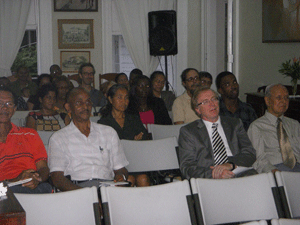
‘Copy – What’ relates to what volume of copyright works, and that ranges from books which are literary works, television programmes, music, pictures, elements of art. All of these things fall into the ‘what’ of copyright, and the ‘what’ becomes important when you deal with the notion of recognition. So these are some of the things copyright laws seek to recognise.
And the way in which it recognises these things require the ‘who’ — the author, the creator — to express himself or herself in some material and tangible way.
When you express that originality — and the word ‘originality’ has a very important place in copyright context — when you create that original work, that is what brings into the equation copyright recognition, because without that level of originality; that effort of creation of your work, it will not even reach the level of protection. So that is dealing with recognition and what is required.
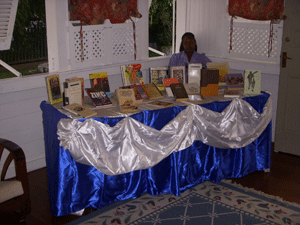
‘Copy-why’: Why? Depending on one’s perspective, there are several arguments for the ‘why’. The ‘why’ could be to share your knowledge with others. The ‘why’ could be to contribute to the academic development of a particular field. The ‘why’ could be to chronicle history. The ‘why’ could be for the money.
We have to appreciate the ‘why’ has so many elements. And it is not all about the money. If you look at the fact we still have literature, we still have creativity, we still have music; those things that enhance our senses, we will recognise it is not all about the money. But the money is important. When we think about the ‘why’, we must also think about the ‘where’. Guyana? We don’t have copyright protection! But we do.
The history of innovation; the history of recognising these things, didn’t start here. It is part of what we have; it is part of who we are. Because we started off as a colony, we would have inherited laws from our colonial masters. One of those laws related to copyright: We actually use the 1956 United Kingdom Copyright Act.
Now, that is a bit of a problem from several aspects: Not very many people know about it; not many people have access to it, so you don’t really know what it is that it deals with. And as technology, as methods of communication develop, copyright tends to keep track of that; recognising those efforts, seeking to protect them. Nevertheless, we do have some form of law.
What is of utmost importance with copyright is the ‘who’; it is your right, it is your private right which you have to appreciate you possess. The scheme that is established allows for that right to be regulated and recognised. What it does? It says that no one should reproduce, adapt your work without your permission. That is the basic provision that one would find in any copyright law. It is a law to protect the unauthorised reproduction of a particular work.
In dealing with that, the question of responsibility is raised. Is it my responsibility or is it a shared responsibility dealing with the notion of protection, dealing with the notion of recognition. It starts with you. But you should not be alone in dealing with rights or dealing with what you have created. In that particular regard, we begin to look at how things are recognised.
There is a scheme in the US that allows for the registration of a copyright work. That framework for registration does not apply in Guyana. It is not part of our framework, hence the protection, which is you, the right holder, having created the original work, you have to take these steps. That is the hard part; that becomes extremely hard. Particularly because there is a lack of recognition of the value of that which is created. So, the complexity of copyright deals with the recognition of a work in some material form, the person whose work has been recognised, and ways within which to protect that work.
